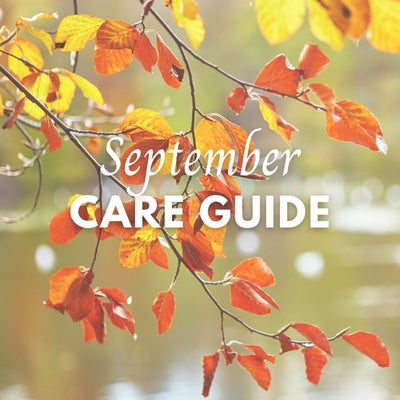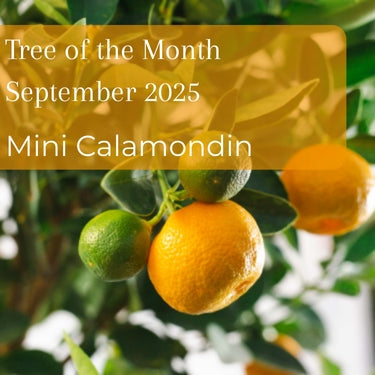Sowing wildflower seeds across your garden is a beautiful and easy way of adding colour and delicate fragrance to your plot. Not only do they look beautiful but they will attract many different pollinators to the garden providing them with vital nutrients and habitat.
Whether you’ve received one of our wildflower seed gifts from a loved one or just want to know how to sow wildflower seeds, our guide will cover everything you need to know.
Discover the simple ways you can add wildflower seeds to your garden below.

How to Sow Wildflower Seeds
The best way to sow and plant wildflower seeds is to simply to scatter over the bare ground and raking through lightly, however, you can also plant into modules to create your own plug plants to replant later in the year. The choice is yours!
When is the best time to sow wildflower seeds?
Wildflower seeds can be planted at any time of the year, but for the best display of blooms during the early summer months aim to plant your seeds in autumn between September and November.

Where to scatter wildflower seeds?
Surprisingly, your wildflowers will grow best in poorer soil conditions so when preparing your planting area avoid adding any new fertiliser or feed. In some cases, it’s recommended to even remove the top 5-10cm of topsoil to strip some more of the nutrient away.
Choose an area of the garden without much flora growing in it, disused patches of bare soil are the best option. If there aren’t any suitable plots in your garden, create one by removing an area of weeds, grass and other plants. Once you’ve done this, rake the soil over to create a nice even bed and leave to settle for 6 weeks.
The 6 week settling period allows for any other remaining seeds and weeds to germinate which can then be removed again before planting. Other flora in the area can lead to reduced growth and less established wildflowers.

Now you’re ready to plant!
- Rake soil to create a nice even bed and to loosen the top soil.
- Scatter the seeds over the area giving another light rake through - the seeds only need to be covered very lightly.
- Add netting where possible over the plot to protect from hungry birds and animals.
- If the weather is dry ensure that you keep the area moist - do not let the seeds dry out.
- Once the seeds have been planted and start to germinate they should look after themselves from here on out. Your wildflower meadow will bloom every year like an everlasting bunch of flowers!
Bare in mind that some wildflowers can take up to a year or more to germinate, please be patient as once they start to bloom you won't be dissapointed!
Extra planting tip - don’t scatter the seeds when the ground is too cold or frozen, to germinate the seeds need slightly warmer soil conditions.
Did you know?
We've been supplying our UK native wildflower seeds for over 15 years now. They are 100% British wildflower seeds packed into 10g sachets and presented in a rustic hessian bag with a full colour label. The 10g pack of seeds is enough to cover 10sqm of the garden so you have plenty of seeds to scatter and grow.

Our wildflower seed mixes:
- White - Ox Eye Daisy, White Campion, Yarrow and Meadowsweet
- Red - Field Poppies and Corn Cockle
- Yellow - Meadow Buttercup, Corn Marigold, St Johns Wart & Lady Bedstraw
- Pink - Ox Eye Daisy, White Campion, Yarrow, Meadowsweet, Red Campion and Musk Mallow


